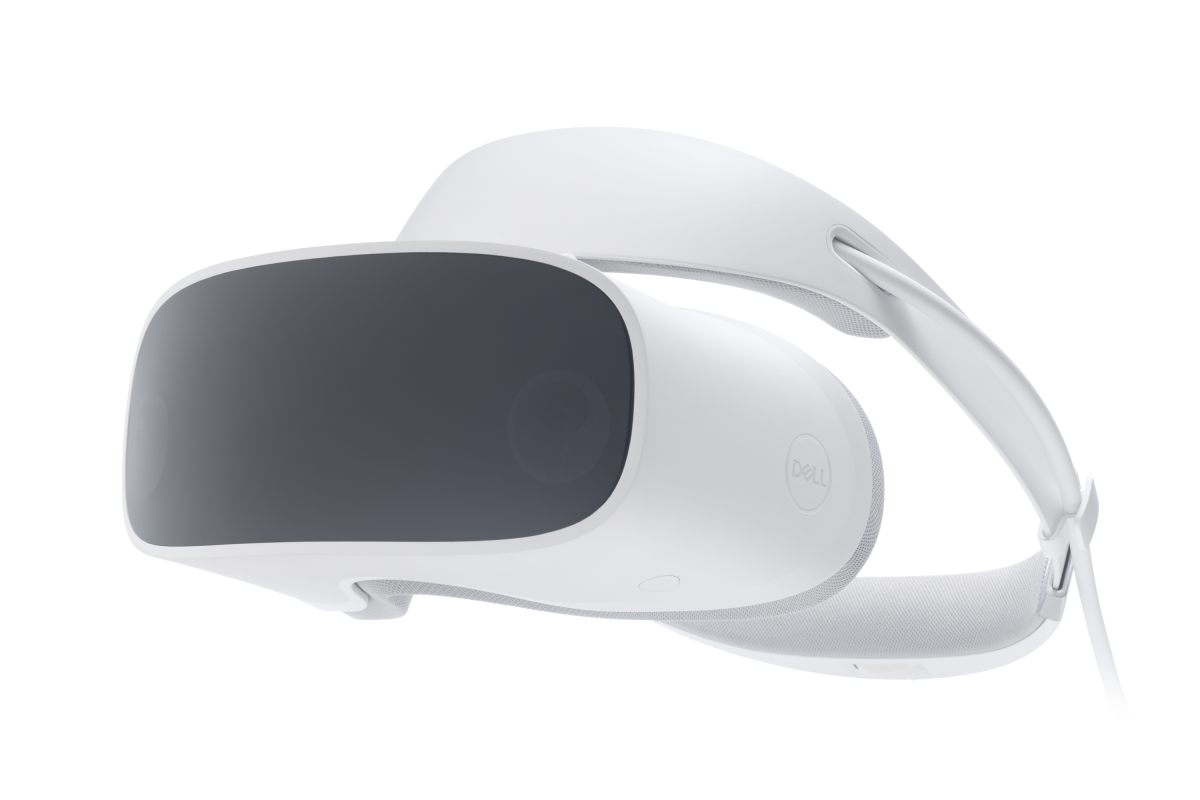2016 saw Microsoft’s HoloLens gain a lot of traction among leading users in the AEC space, but it still has significant challenges to overcome. For instance, the solution has a relatively small field of view, and developers are still figuring out how to get content onto it. Most importantly, the developer’s edition costs a cool $2,999, keeping it well out of reach for many commercial and consumer users. But that’s about to change.
At CES this year, Microsoft announced partnerships with PC manufacturers that will release their own headsets over the first part of 2017. The list includes such big guns as Dell, HP, Lenovo, and Acer.
These $299 headsets are expected to mimic the functionality of a HoloLens, but with one big tradeoff: You’ll need to be connected to a PC. The original HoloLens, on the other hand, allows users to move around untethered.
Though a cord tying you to a computer may seem like a high price to pay for augmented reality, the lower price point it enables will certainly make the technology more affordable. Requiring consumers to connect a HoloLens to their computers should also save Microsoft the trouble of building up the computing power of the HoloLens to an acceptable level.
The company began a similar initiative in October by partnering with PC makers to produce VR headsets for use with Windows 10.
Microsoft Announces $299 VR Headsets, Lots of 3D Windows Features






